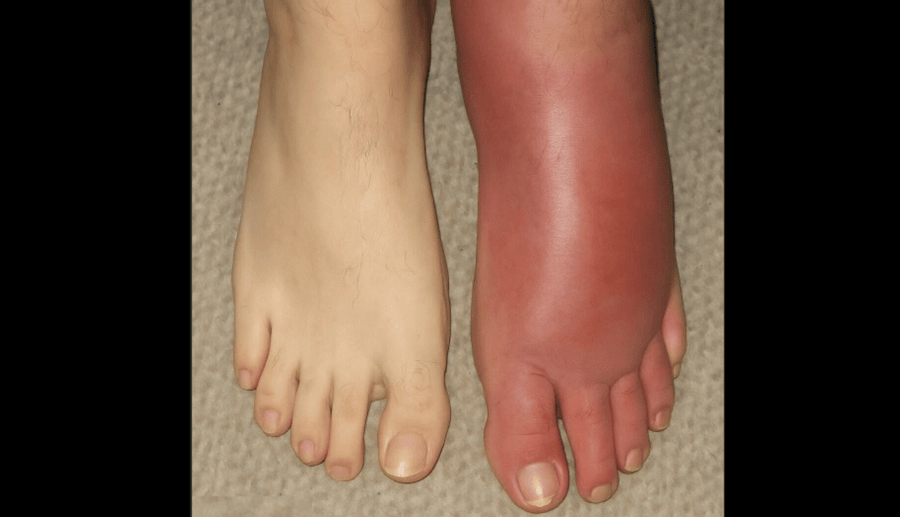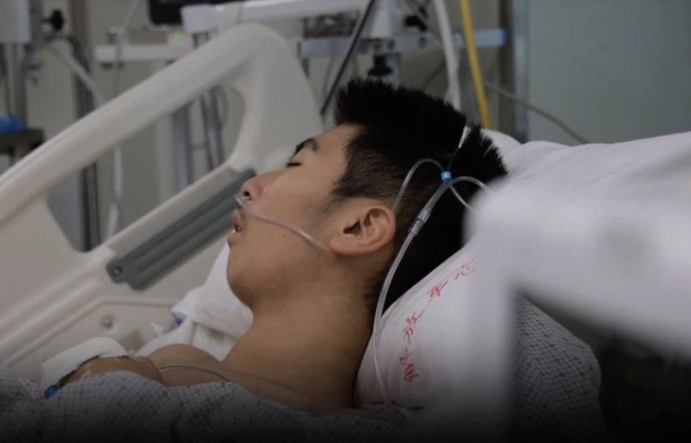When sudden redness, swelling, and warmth appear in one leg, these symptoms demand attention. They may signal underlying health conditions that require swift medical evaluation. Recognizing these signs early can lead to timely treatment and better health outcomes.
Potential Causes of Symptoms
One serious condition to consider is deep vein thrombosis (DVT). This occurs when a blood clot forms in a deep vein, often within the leg. If left untreated, DVT can result in a pulmonary embolism, a life-threatening event where the clot travels to the lungs. Immediate medical care is essential to prevent such complications.
Another possible cause is cellulitis, a bacterial infection of the skin that spreads rapidly. This condition often requires antibiotics to halt its progression and alleviate symptoms like redness, swelling, and discomfort.
Superficial thrombophlebitis is another condition to be aware of. It involves clotting in veins closer to the skin’s surface, leading to pain, redness, and swelling in the affected area.
Chronic venous insufficiency may also contribute to these symptoms. This condition causes blood to pool in the leg, resulting in swelling, skin changes, and ongoing discomfort.
Less common causes include gout, arthritis, physical injury, or lymphedema. Lymphedema arises when lymph fluid accumulates due to a blockage in the lymphatic system, causing swelling and related symptoms.
When to Seek Medical Care
Prompt medical attention is critical if the swelling appears suddenly, is painful, or is accompanied by warmth, fever, chills, chest pain, or shortness of breath. These symptoms may indicate a serious condition requiring urgent evaluation. Early diagnosis and treatment can significantly reduce the risk of complications and promote recovery.
Importance of Early Recognition
While mild swelling may sometimes be benign, sudden changes in one leg, particularly when paired with redness or warmth, warrant professional assessment. A healthcare provider can determine the root cause and rule out serious conditions, ensuring appropriate care.
Disclaimer: This content is for informational purposes only and does not replace professional medical advice. Always consult a doctor or qualified healthcare provider for guidance on concerning symptoms.




